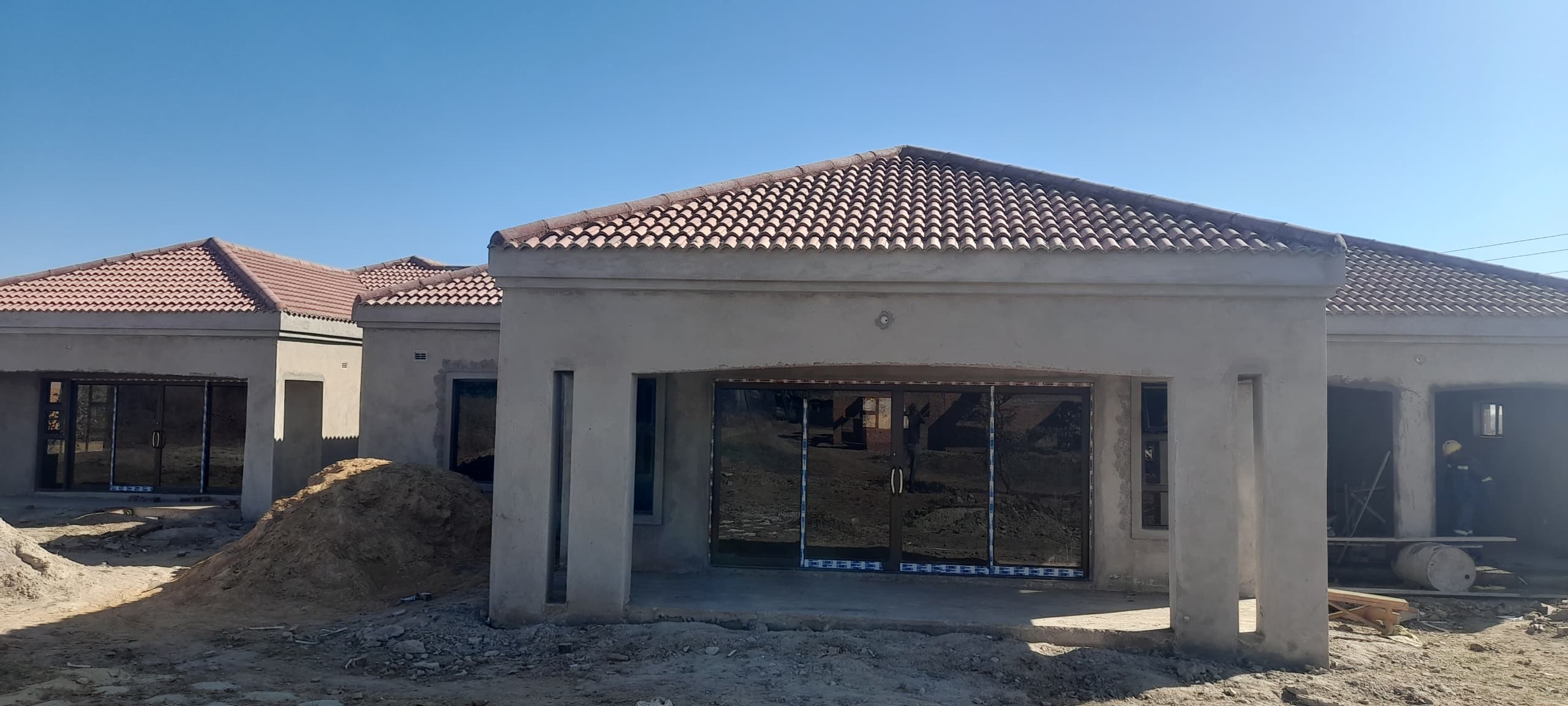Phone:
+263 73 211 0350
Physical address:
3902 Southview Park, Harare

Owning a house is a dream and indeed a lifetime achievement for most people. While there are many ways of owning a house, in this article we are going to discuss the steps that one can take to build a house in Zimbabwe. But first things first, we assume that you already have a piece of land. Following are the 6 steps that can be followed in building a house in Zimbabwe.
1. Drawings
Before you can have your dream house on the ground, you should have it in the form of drawings. Many people in Zimbabwe can come up with drawings. Normally, architects are trained to come up with designs. Ideally, you need to discuss with your designer, the requirements for your house, the designer who should capture your ideas in the form of drawings. But what exactly do we mean by drawings. Different drawings appeal to different stakeholders, so as a minimum, the following drawings should be made available. First, the floor plans, which show the picture of the different rooms from the top, elevations or side views, which in most cases, show the 4 sides, sections indicating how the house looks like from bottom to top should one cut through it and finally the site plan, whose purpose is to show the actual position of the house in relation to the ground, taking into account building lines that should be left for local authority purposes. Depending on the complexity of the project, the designer or architect may need the services of other persons in coming up with the components of the building. These may include, the civil/structural engineers whose role is to design members, like beams and columns to hold the hold together, the electrical engineer to design electricity and lighting requirements for the building and mechanical engineers whose focus is on Heating Ventilation Air conditioning and Cooling (HVAC) design. Suffice to say, for most residential projects, the architect’s designs are good enough and in some cases, especially where more than single storey residential houses are concerned, the structural engineer designs are required.
2. Approvals
Construction in Zimbabwe especially urban and peri-urban areas is regulated by the local authorities. Therefore, drawings should be approved by the local authority before construction can commence. Accordingly, there are charges that are should be paid in order to get the approval process and these charges vary on whether you want to build in a high density or low density suburb. Therefore, when discussing with your designer, you should be aware of these charges and whether they are included as part of design fees. Important to note is that once approval is granted, the local authority expects construction to start and if, no construction has started, the approval expires after 1 year. However, the above restriction is only applicable to low density areas.
3. Procurement
With the approved drawings in place, it’s time to prepare to get on the ground and begin the actual construction process. Should you want to engage a builder who will supply materials and labour (supply and fix), you may need to come up with terms of engagement for the builder. The popular trend, however, is whereby you buy your own materials and then engage a builder to do the work (labour only). But how do you buy materials if all you have are approved drawings. That brings in another dimension of material quantities. The quantities will help you, among other things in planning and budgeting. Quantity Surveyors are trained individuals who can help you with material requirements and at times construction estimates for your project. So you may need to engage one prior to you beginning the construction process. With materials quantities known, or actual materials in place, you can engage the builder or contractor depending on the magnitude of your project, to construct your house. There are many builders in Zimbabwe today both reputable and otherwise. Before engaging then, you may need to check their background, experience and capacity. Now we have the builder, it’s time to go on site and start construction.
4. Construction
When the issues to do with materials have been sorted and the builder selected, it’s time to handover the site to the contractor to commence with operations. What is key, though, when handing over the site is to make sure that the pegs, showing the stand boundaries have been identified to avoid unnecessary delays to construction.
Hey there! This is kind of off topic but I need some
help from an established blog. Is it hard to set up your own blog?
I’m not very techincal but I can figure things out pretty fast.
I’m thinking about creating my own but I’m not sure where to
start. Do you have any tips or suggestions? Appreciate it
If some one wishes expert view about blogging and site-building afterward i propose him/her
to go to see this website, Keep up the nice job.
Its like you read my thoughts! You seem to know so much approximately this, such as you wrote the e book in it or something.
I feel that you simply can do with some percent to power the message
house a little bit, however other than that, this is wonderful
blog. A fantastic read. I will certainly be back.
It’s going to be ending of mine day, but before finish I
am reading this fantastic piece of writing to increase my experience.